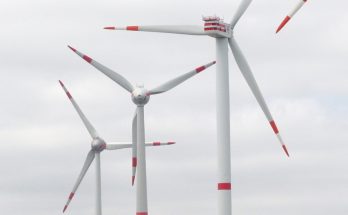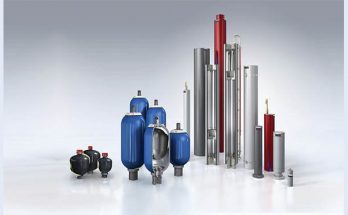
Because of their superior transport characteristics and reactivity, nanostructured materials may find application in batteries. The vanadium cations in vanadium sulphide (VS4), for instance, are coordinated by S22- anions to form quasi-one-dimensional chains. Van der Waals interactions keep the chains linked together while allowing for some separation, so that ions like sodium can move freely between them. There’s a chance this would work well in sodium-ion batteries. Though VS4’s theoretical capacity is considerable, actual vanadium sulphide nanoparticles are typically limited to much lower capacities. The ability to better understand and manipulate the morphology of such nanomaterials may lead to improvements in their characteristics for use in battery applications.
Ultrathin VS4 nanosheets were created by Youqi Zhu, Chuanbao Cao, and colleagues at the Beijing Institute of Technology, China, utilising microwave syntheses. The ammonium ions were employed to coordinate the produced nanocrystals and to regulate the growth of the vanadium sulphide. Thioacetamide (TAA) was used as the sulphur source and ammonium vanadate as the vanadium source.
Different hierarchical structures, such as nanospheres, hollow nanospheres, and nanoflowers, were created via self-assembly of the nanosheets, with temperature and reaction time being the determining factors. In a 5-minute reaction at 180 degrees Celsius, VS4 nanospheres were produced. Hollow nanospheres were created when the reaction time was increased to 45 minutes. Nanoflowers generated after the reaction was carried out at 130 °C for 45 minutes.
The researchers looked at how different morphologies stored sodium and discovered that the hollow VS4 nanospheres had the highest specific capacity and longest cycling stability. They believe this is because the structure can withstand fluctuating volume due to charge/discharge cycles. This study has the potential to contribute to the advancement of vanadium sulphide anode materials for sodium-ion batteries.


